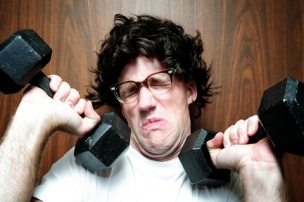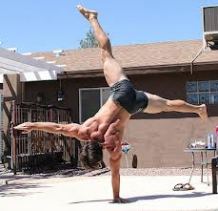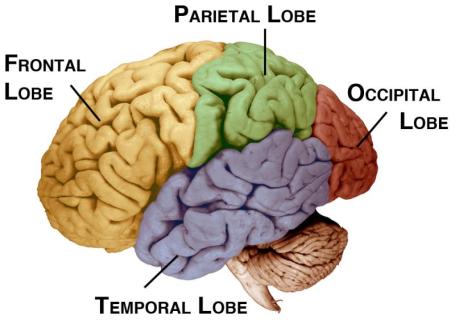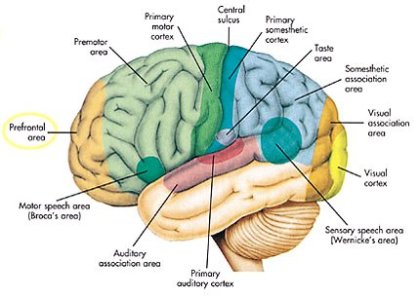If you have managed to unshackle yourself from the confines of traditional gym based workouts, your perception of exercise has probably shifted from laborious training into practice and fun.
This is a beautiful place to be in, as it exposes you to the potential of your Mind and Body with regards to movement. It is also however a huge abyss of possibilities without much traditional structure. If the end goal is an air flare, aerial cartwheel or a single arm handstand, the long road ahead of skill acquisition can seem quite daunting and the slow progress can be disheartening.
That is why it is important to understand a few things about the process of learning so that your enthusiasm doesn’t start working against you.
The End Goal : Flow
There is a growing body of research and interest in something that has been termed ‘flow‘ or ‘flow state‘.
‘Flow is the mental state of operation in which a person performing an activity is fully immersed in a feeling of energized focus, full involvement, and enjoyment in the process of the activity. In essence, flow is characterized by complete absorption in what one does.
Proposed by Mihály Csíkszentmihályi, this positive psychological concept has been widely referenced across a variety of fields. Wikipedia; Mihaly Csikszentmihalyi (1990), Flow: The Psychology of Optimal Experience, Harper & Row.’
High level tricking and improvised breakdancing are excellent examples of the kinds of complex movement patterns we promote at AMN and lend themselves perfectly to achieving the flow state.
To better understand the neurophysiology of flow we want to look to the work of Arne Dietrich who describes the flow state as ‘a transient state of hypofrontality’.
So what the hell does that mean? Well, the frontal cortex (or frontal lobe) is the brains CEO, it controls and mediates loads of different functions like preventing inappropriate social behaviour to solving mathematical problems to facilitating motor skills like controlling fast eye movements.
The prefrontal cortex accounts for approximately half of the frontal lobe in humans and is involved in ‘executive functions’ including processing of perceptual information, planning and strategising for appropriate behavioural responses and instructing the adjacent motor cortices to carry out the physical actions via the motor system, our muscles.
Hypofrontality and the flow state, therefore refers to a short term inhibition or quieting down of this part of the brain. Essentially, in a state of precise, focused and near perfect performance which is often described as somewhat effortless, you’re really not thinking, you’re just doing.
In his explanation of what happens in the brain during these near perfect displays of performance Dietrich also makes a distinction between explicit and implicit information processing. “The explicit system is tied to conscious awareness and contains higher order knowledge representations. This system is rather slow but flexible. The implicit system on the other hand is unavailable to consciousness and contains skills and experiences that cannot be verbalised, but can be observed during task performance. Therefore this system is very fast and highly efficient in its very specific context.
Dietrich concluded that the flow state would be a period during which a highly practiced skill that is represented in the implicit systems knowledge base and is implemented without interference from the explicit system.” 2012 Stefan Engeser, Advances in flow research. Springer.’
Fumble Before Flow
So how do we work towards achieving this state of performance and connection with our bodies. Well, at first we have to learn and we learn the most through failure. As we work to achieve a new movement skill we must emphasise the explicit information processing systems. The following is a skeleton description of the AMN practice model that shall explain in a bit more detail the concepts that we believe expedite the learning process:
1. Identify and remove performance barriers:
– Fear
– Joint restriction
– Soft tissue adhesion
– Immobility
– Poor flexibility
– Muscle inhibition
– Reduced sensory awareness
2. Build fundamental strength and awareness
It’s important to be able to roll before you flip, to lock and maintain straight arms before performing handstands and to learn a cartwheel before an arial. Fundamental strength and awareness are the scaffolding on which complex skills are built.
3. Precise practice
– Display appropriate attention and engagement with the task
– Utilise short duration ‘practice windows’ to play and fail with the new skill
– Monitor fatigue via observation and biofeedback techniques
– Facilitate the explicit information processing systems with specific AMN Precise Practice Neuro Drills in between practice windows, specifically for the Dorsolateral Pre Frontal Cortex and Cerebellum
– Utilise high frequency practice on a weekly basis
– Practice appropriate respiratory techniques
– Utilise mental rehearsal of the skill/visualisation techniques
– Promote consolidation of motor learning: Sleep & Repeat!
Seems like a lot of detail?!
So why not just work out what movement skill you want to achieve and just hammer away at it until you get it? Well, as children that is how we did things, as adults its not quite that easy. Pretty much all of the factors described above in ‘Identify and remove performance barriers’ don’t exist in uninjured kids. They don’t fatigue in the same way and aren’t carrying 20 years of poor movement practice, injuries and restrictive ego. When working with adults, its a different story!
B-boy Windmills and Guitars
Motor learning, whether fine motor control, such as learning to play the guitar or gross dynamic movement such as learning to windmill like a break dancer is essentially the same process.
To learn to play the guitar you first need to learn how to hold the instrument, to have an idea of how you want it to sound, where to place your fingers and how to coordinate your two hands. It’s a very involved process that requires a lot of attention. Learning the basic finger positions to play chords provides the brain with a basic framework on which to build more complicated motor patterns.
Anyone who plays an instrument will tell you that when learning to play new, more complicated and unfamiliar pieces of music, practicing for hours on end can be counter productive. You repeatedly try and fail, sometimes to the point that you become frustrated and annoyed. This does not expedite the process. Practicing slowly and precisely for a short period of time, say 15 minutes, then putting the guitar down for a while and coming back to it later, always enhances your ability to play the piece you’re trying to learn upon the following attempt. Each exposure and practice consolidates the last, and you learn faster without fatigue or frustration.
The same is true with learning the windmill or any other complicated movement sequence. Do it for too long and you get tired and annoyed at your incompetence. If you have the foundations in place and you practice in the way I am describing, you avoid the brain states that make you want to quit and are working with your neurological circuitry that lets the process happen instead of taking 2 steps forward and one step back.
Neurology Is the governing process of everything we learn and experience. Understanding how to work with our brains and nervous systems allows us to optimise the learning process. Practicing movement skills irrespective of this knowledge is a slower process.
At high levels of performance our ‘thinking’ brains become quiet but to learn in the first place we have to emphasise its involvement and avoid the performance pitfalls along the way.



